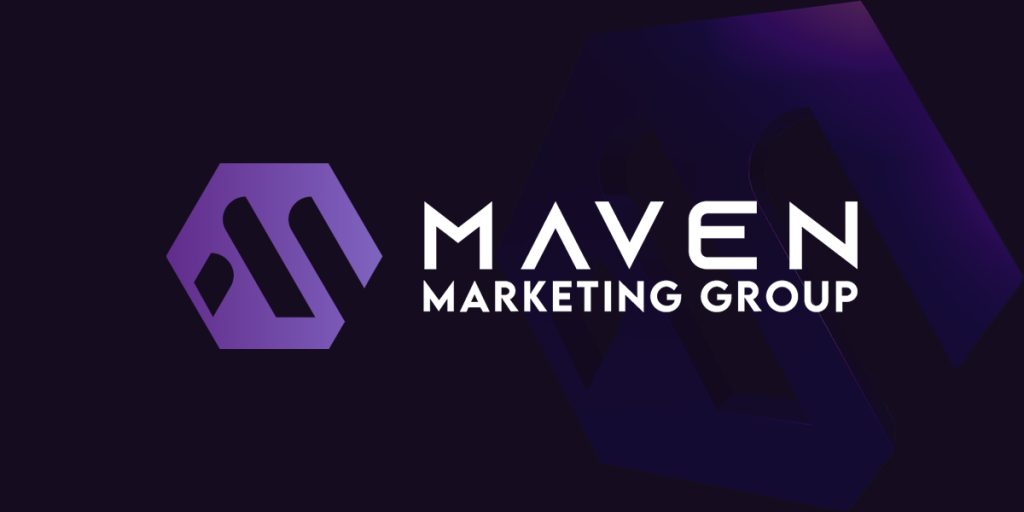Stay updated with the latest web development trends and technologies
In the ever-evolving field of web development, it is crucial for beginners to stay up-to-date with the latest trends and technologies.
This ensures that you are equipped with the knowledge and skills necessary to create modern, user-friendly, and responsive websites.
Keep an eye on industry blogs, forums, and news sites to learn about emerging frameworks, programming languages, and design principles.
Some tips to help you stay updated include:
- Follow influential developers on social media platforms such as Twitter or LinkedIn.They often share valuable insights, resources, and updates about new tools or techniques.
- Subscribe to newsletters or mailing lists from reputable web development websites or organizations.These newsletters often contain curated content highlighting the latest trends and advancements in the industry.
- Participate in online courses or tutorials that focus on specific topics within web development.These courses can provide hands-on experience with cutting-edge technologies.
Join online communities to connect with fellow developers
Web development can be a solitary endeavor at times, but it doesn’t have to be.
Joining online communities allows you to connect with like-minded individuals who share your passion for coding.
These communities provide opportunities for learning from others’ experiences, seeking advice when facing challenges, and collaborating on projects.
Here are some popular online communities where you can engage with fellow developers:
- Stack Overflow: A question-and-answer platform where developers can ask questions, provide answers, and contribute to discussions related to programming.
- GitHub: An open-source community where developers collaborate on projects by sharing code repositories.
- Reddit: Various subreddits dedicated to web development offer spaces for discussions, sharing resources, asking questions, and receiving feedback.
- Dev.to: A community-driven platform specifically designed for developers to share their knowledge through articles and engage in conversations.
Break down complex problems into smaller tasks for easier problem-solving
As a beginner in web development, you may encounter complex problems that seem overwhelming at first. One effective approach to tackling these challenges is to break them down into smaller, more manageable tasks.
By breaking down the problem, you can focus on solving one piece at a time, leading to a more systematic and efficient problem-solving process.
Consider the following steps when breaking down complex problems:
- Analyze the problem: Understand the requirements and constraints of the problem thoroughly.
- Identify subtasks: Break down the main problem into smaller subtasks that need to be completed.
- Prioritize tasks: Determine which subtasks need to be addressed first based on dependencies or criticality.
- Work on individual tasks: Focus on solving each subtask individually before moving on to the next one.
- Test and iterate: Continuously test your solutions and make adjustments as necessary.
Embrace continuous learning and never stop improving your skills
Web development is a field that constantly evolves, with new technologies and frameworks emerging regularly.
As a beginner, it is crucial to embrace a mindset of continuous learning and improvement.
This allows you to adapt to changing industry trends, expand your skillset, and stay competitive in the job market.
Here are some ways you can foster continuous learning:
- Read books or online tutorials about web development concepts, languages, or frameworks that interest you.
- Attend webinars, workshops, or conferences where industry experts share their knowledge and insights.
- Engage in personal projects outside of your regular work or coursework to apply what you have learned.
- Join coding boot camps or enroll in online courses specifically designed for web development.
By continuously learning and improving your skills, you will not only enhance your expertise but also gain confidence as a web developer.
Understanding the Basics: HTML, CSS, and JavaScript
To begin your journey in web development, it is crucial to have a solid understanding of the three fundamental coding languages used: HTML, CSS, and JavaScript.
These languages provide the building blocks for creating dynamic and interactive websites.
HTML provides structure to web pages through tags
HTML, short for Hypertext Markup Language, is the backbone of any webpage. It utilizes tags to define the structure and content of a webpage.
With HTML, you can create headings, paragraphs, lists, images, links, and more.
Each element is enclosed within specific tags that indicate its purpose.
For example:
- <h1> represents a top-level heading
- <ul> creates an unordered list
By using these tags appropriately, you can organize your content effectively and ensure proper accessibility for users with assistive technologies.
CSS is used for styling elements on a webpage
Cascading Style Sheets (CSS) complements HTML by allowing you to apply visual styles to the elements on your webpage.
With CSS, you can control aspects of responsive design such as colors, fonts, layouts, and animations.
Instead of modifying each individual element individually in the HTML code itself (which would be time-consuming), CSS enables you to define styles once and apply them across multiple elements.
This separation of concerns improves maintainability and makes it easier to update the look and feel of your website consistently.
For instance:
- color: red; changes text color to red
- font-size: 18px; sets font size to 18 pixels
- margin-top: 20px; adds a top margin of 20 pixels
With CSS’s extensive range of selectors and properties at your disposal, you can unleash your creativity in designing visually appealing web pages.
JavaScript adds interactivity and functionality to websites
While HTML and CSS handle the structure and presentation of a webpage, JavaScript brings it to life with interactivity and dynamic functionality.
It is a powerful programming language that enables you to manipulate elements, respond to user actions, and make your website more engaging.
With JavaScript, you can:
- Create interactive forms that validate user input
- Implement sliders, carousels, or other interactive components
- Fetch data from external APIs and update content dynamically
- Add animations and effects to enhance the user experience
JavaScript’s versatility makes it one of the most popular programming languages in web development.
Learning JavaScript opens up a world of possibilities for creating dynamic websites.
Knowledge of these three languages is essential for any web developer
To become a proficient web developer, having a strong grasp of HTML, CSS, and JavaScript is essential.
These languages form the foundation upon which you can build more advanced skills and explore other technologies.
By gaining expertise in HTML, CSS, and JavaScript:
- You can create static web pages with well-structured content.
- You can design visually appealing websites with customized styles.
- You can add interactivity and functionality to engage users.
- You will have a solid understanding of markup languages used in computer science.
There are numerous online courses, tutorials, and resources available to help you learn these languages.
Taking the time to master HTML, CSS, and JavaScript will equip you with the necessary skills to embark on an exciting journey as a web designer and developer.




